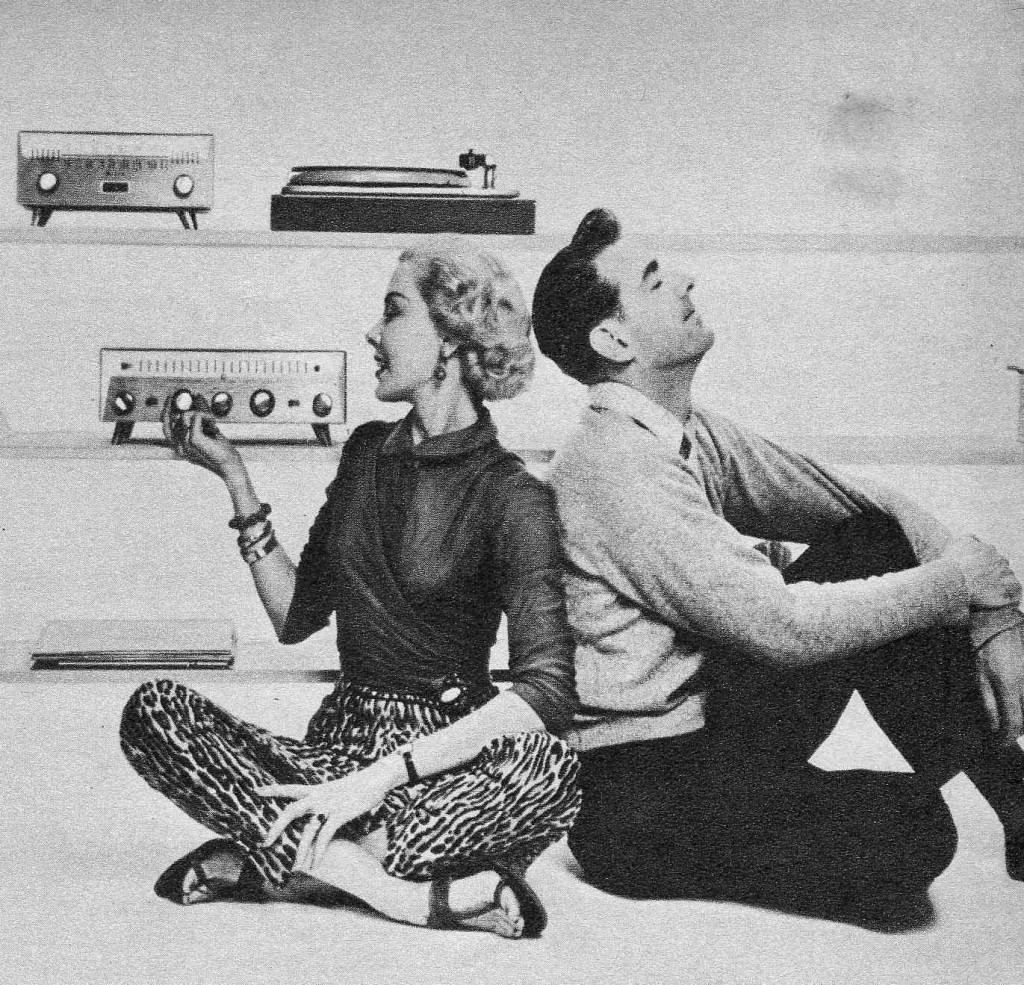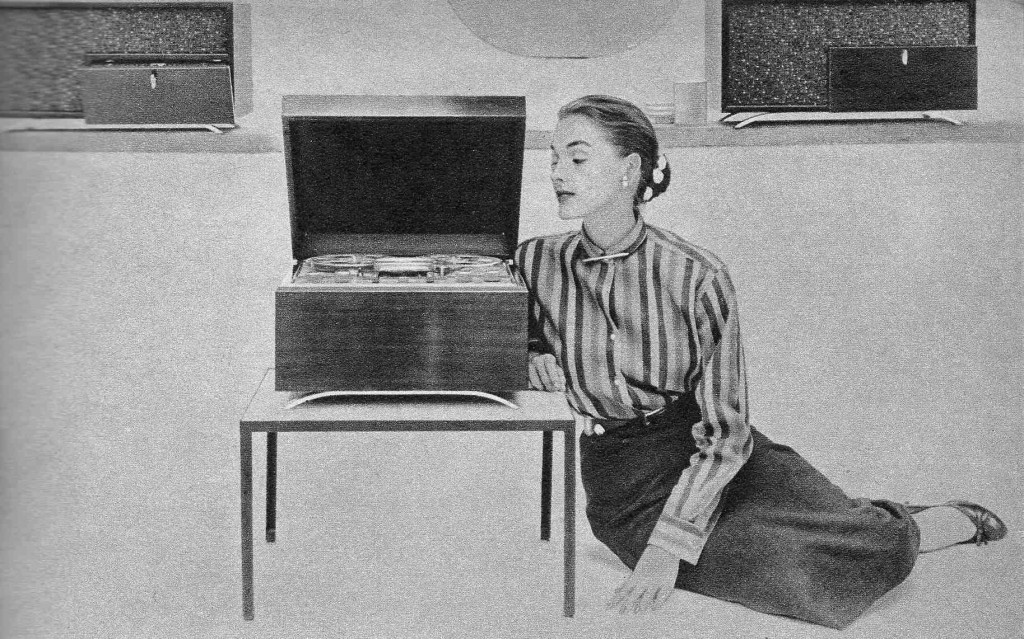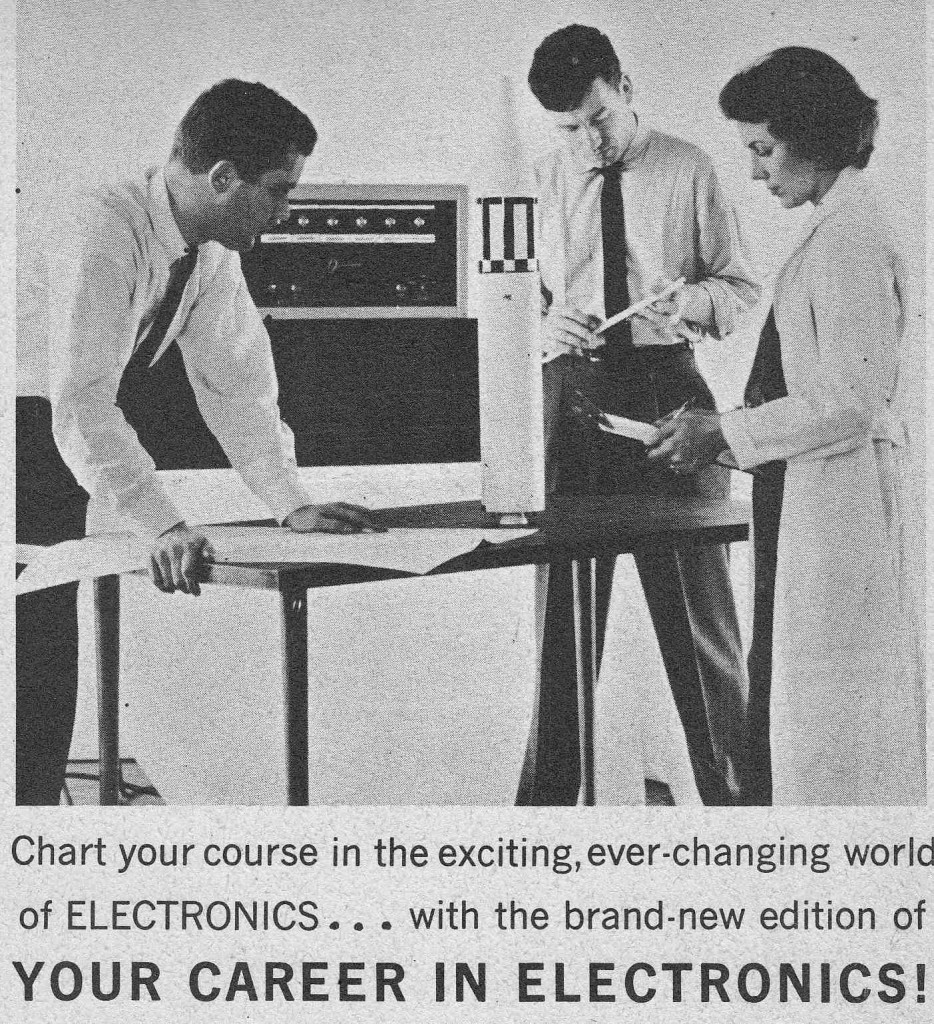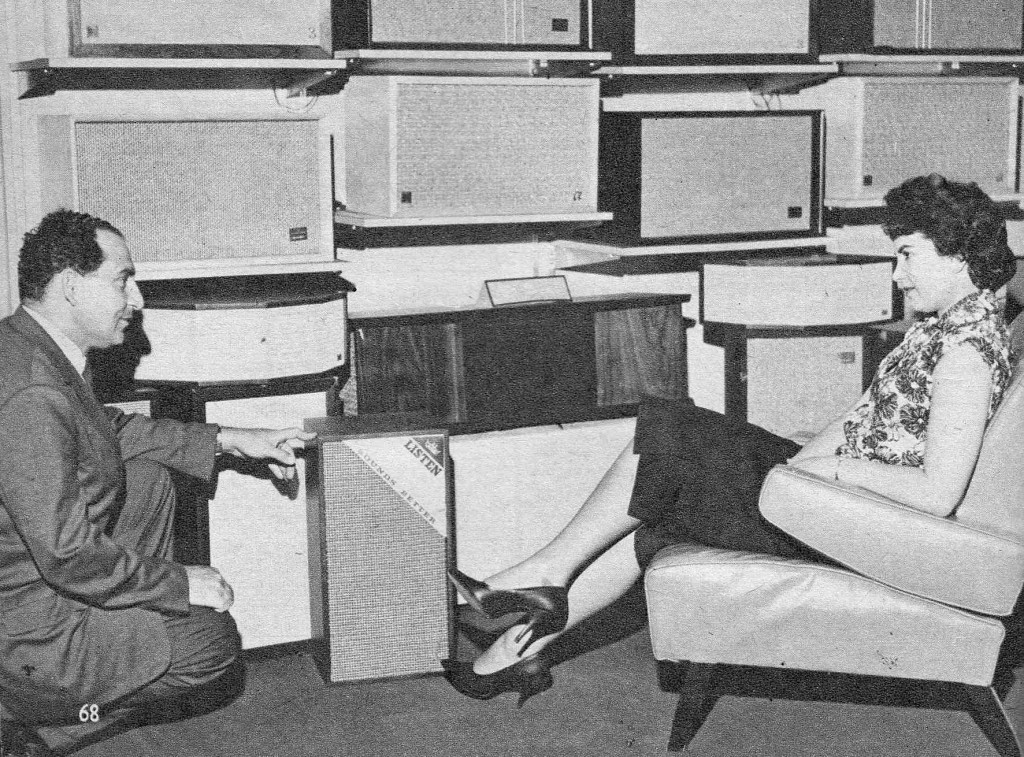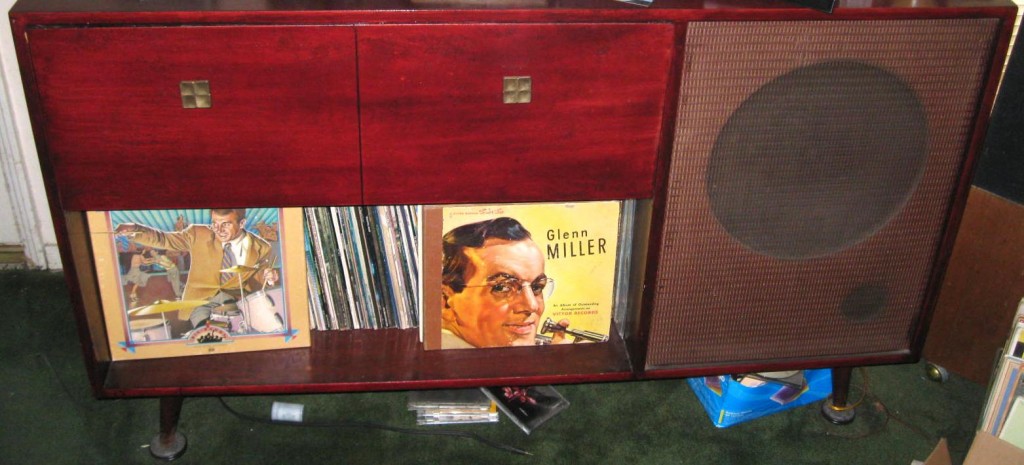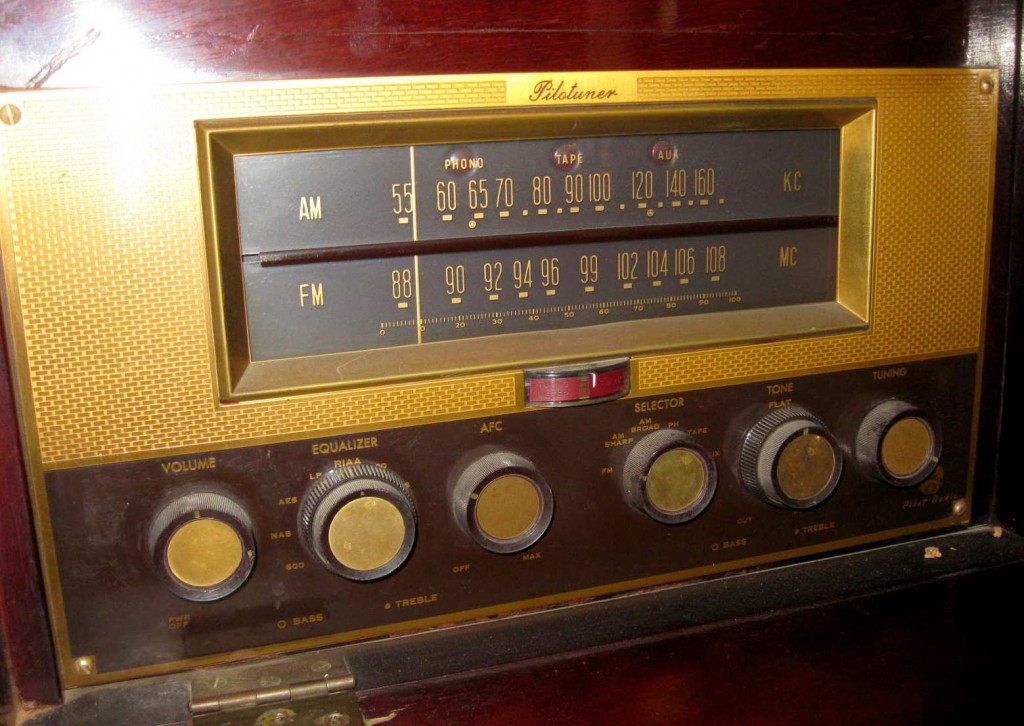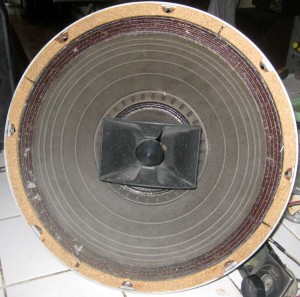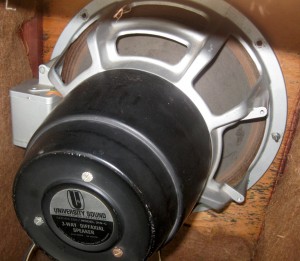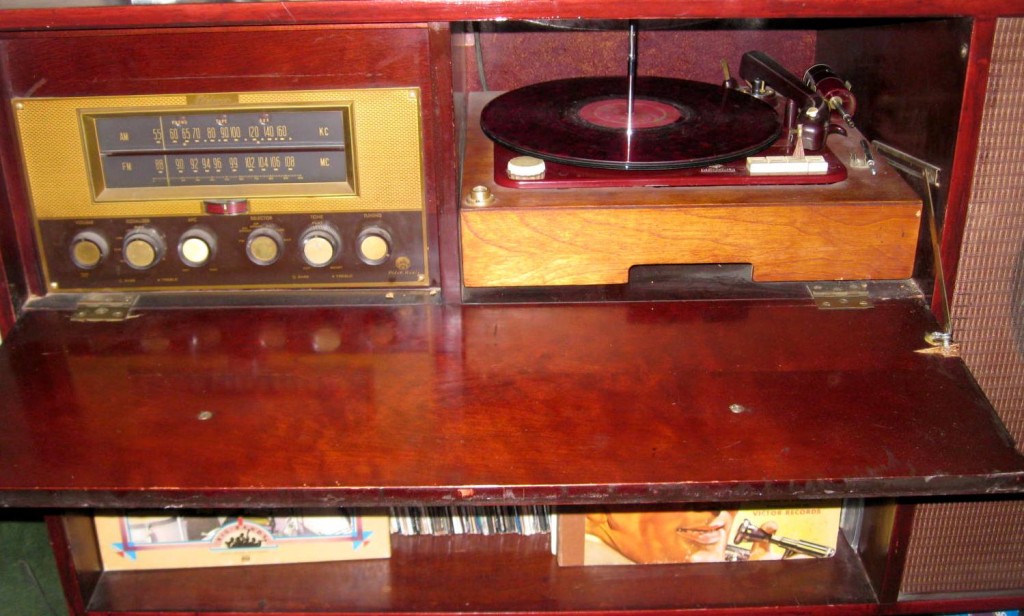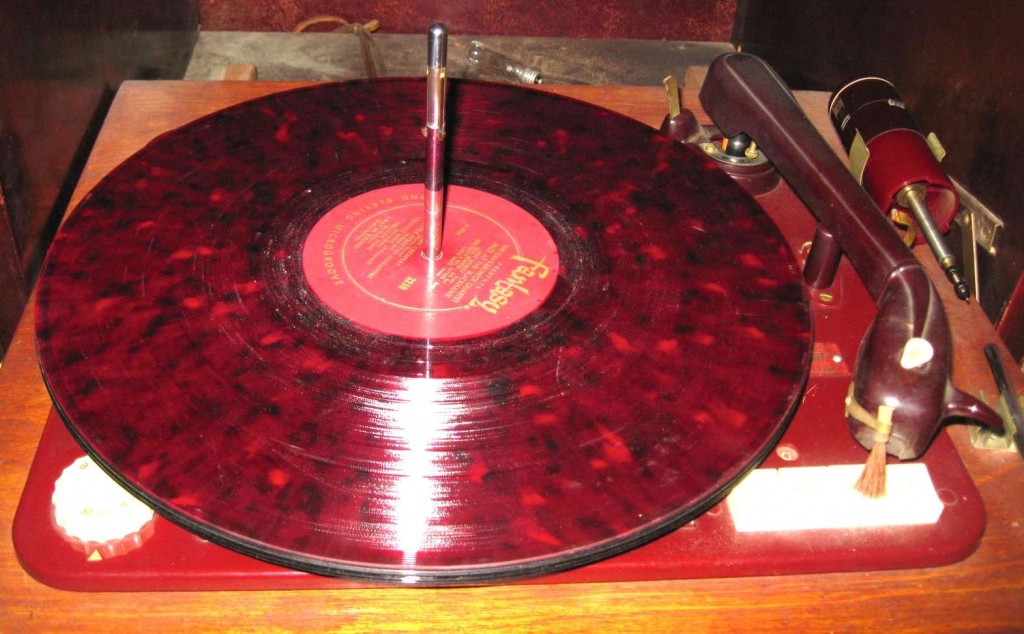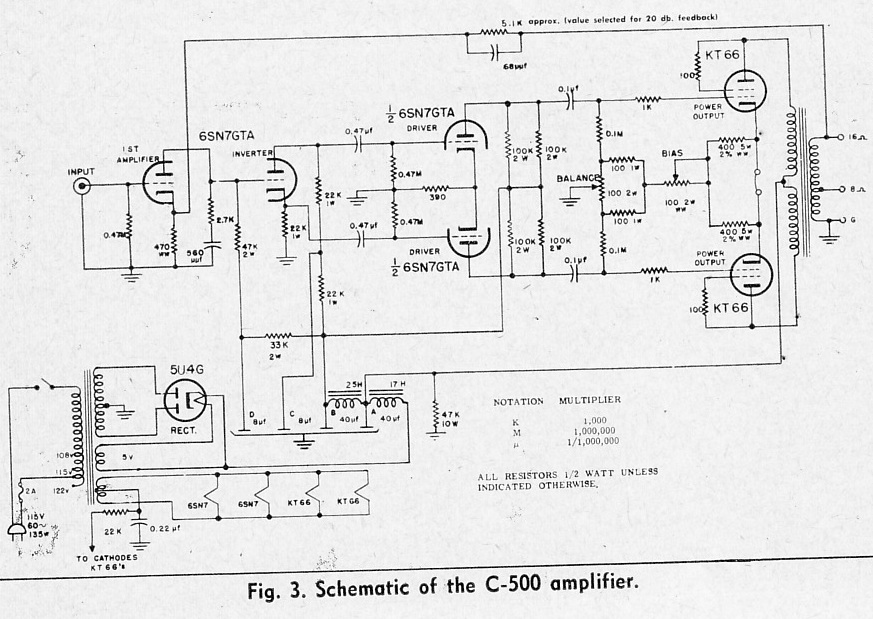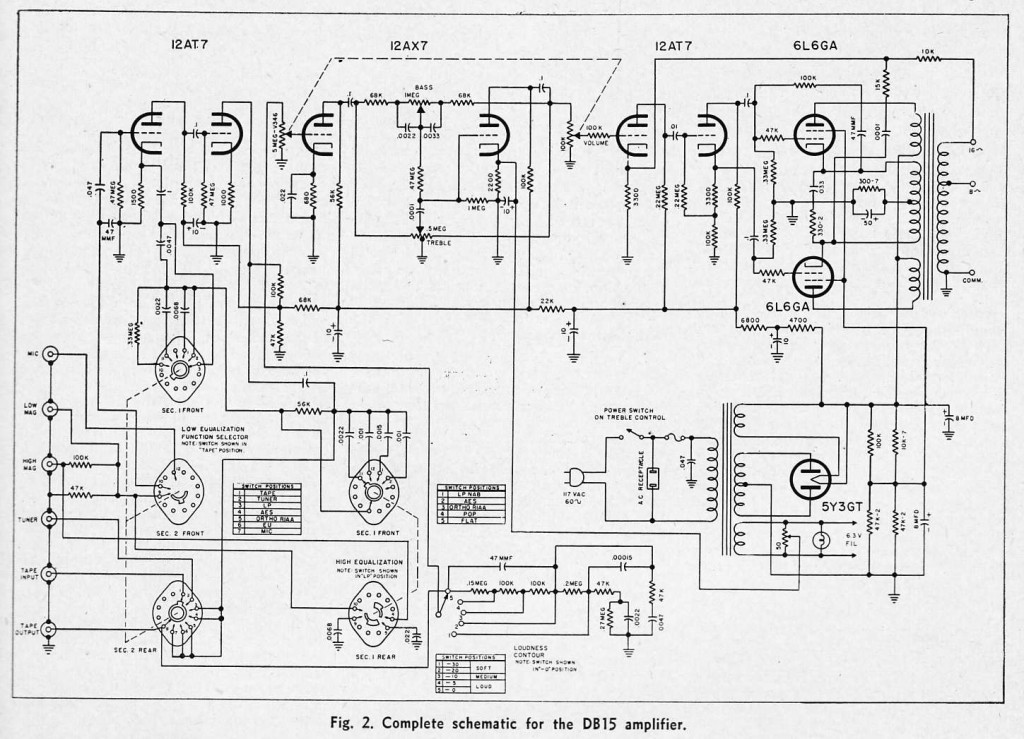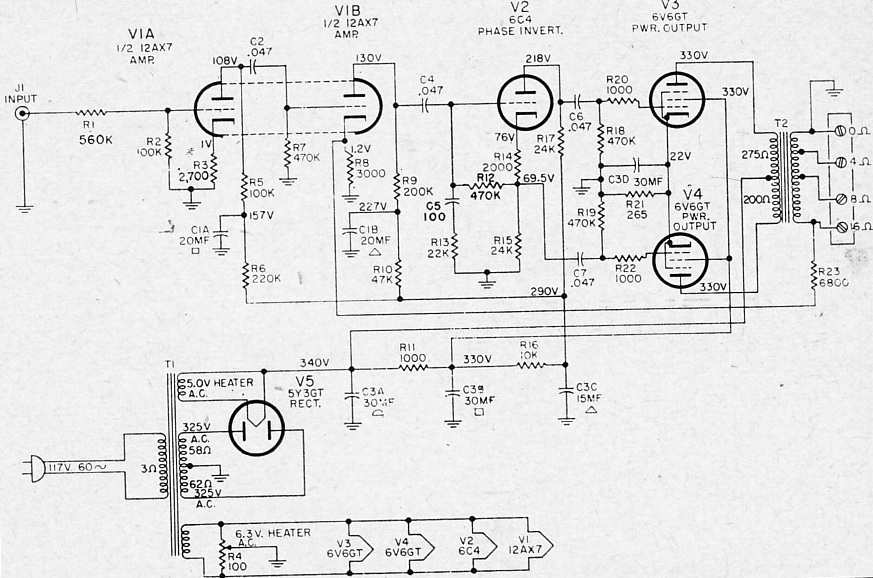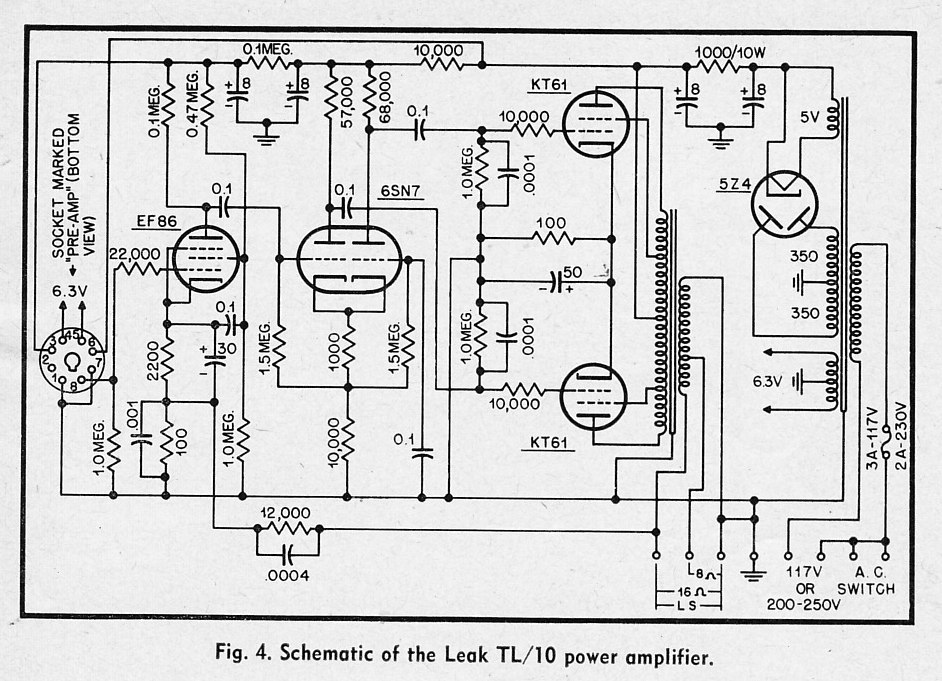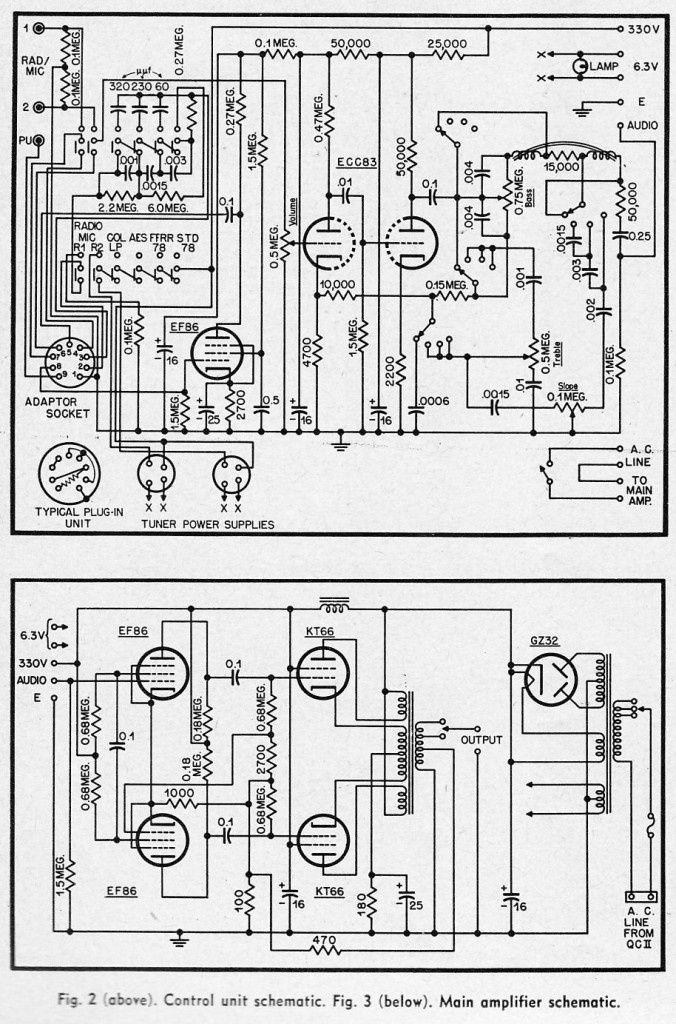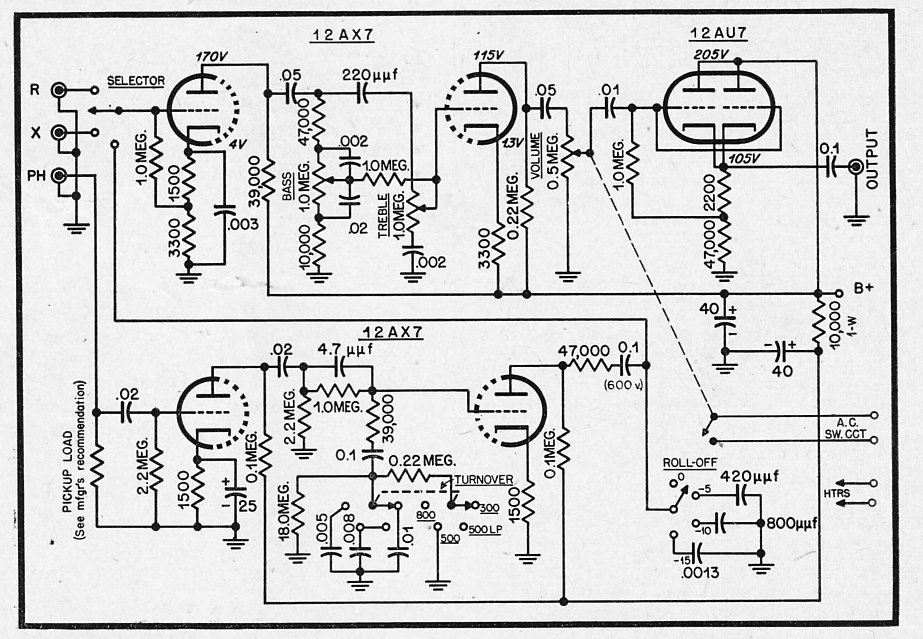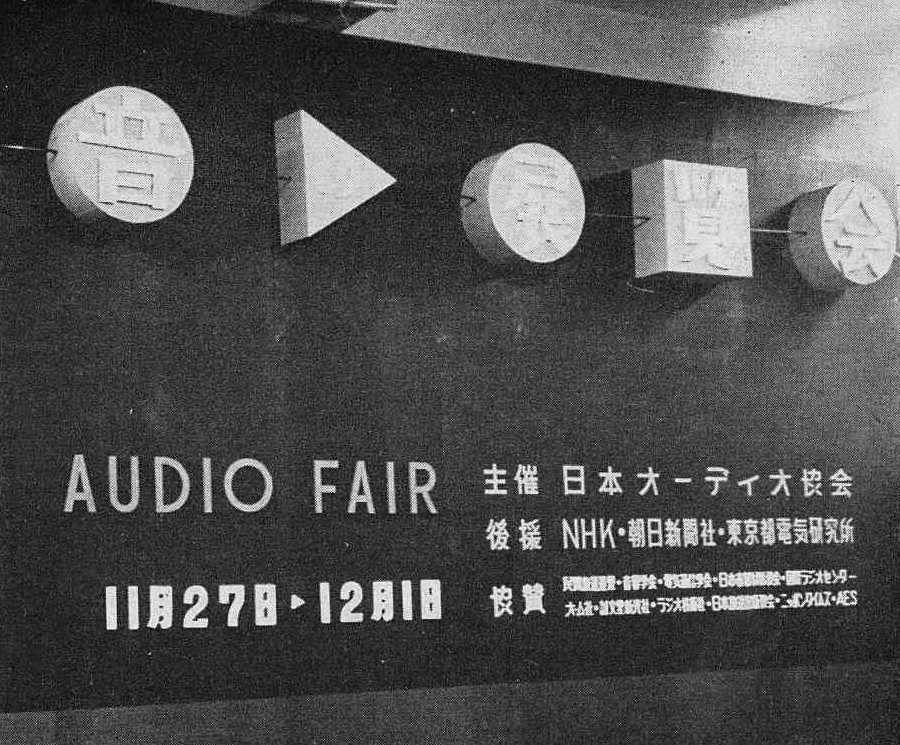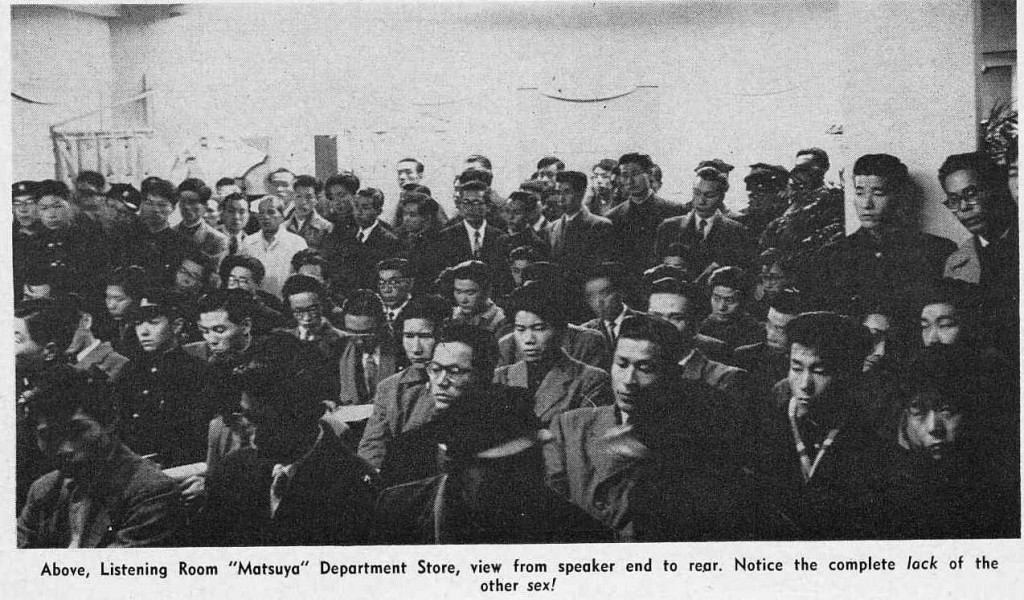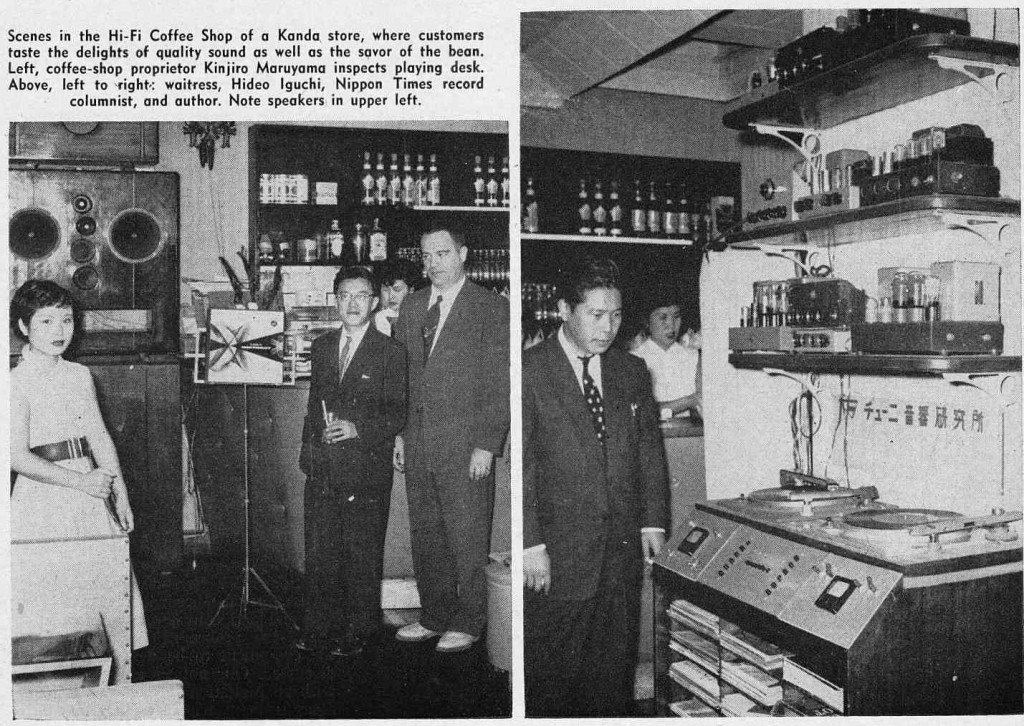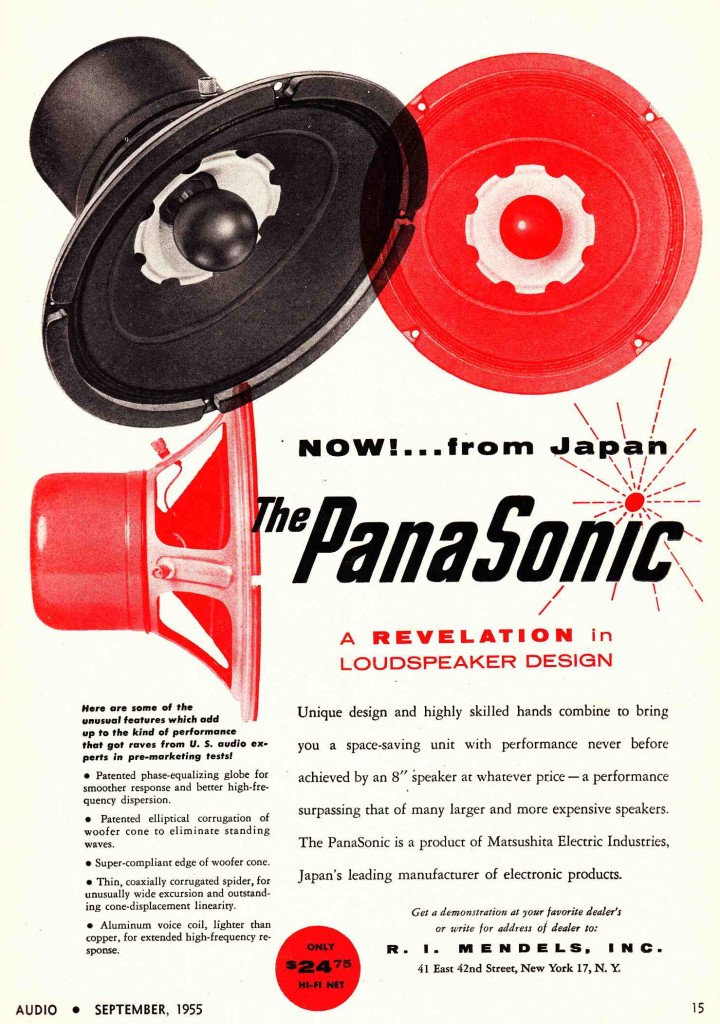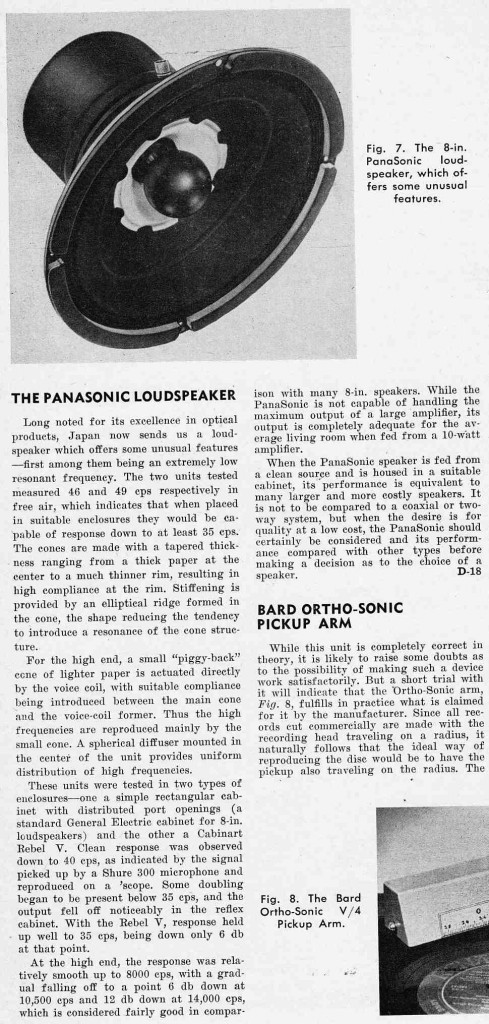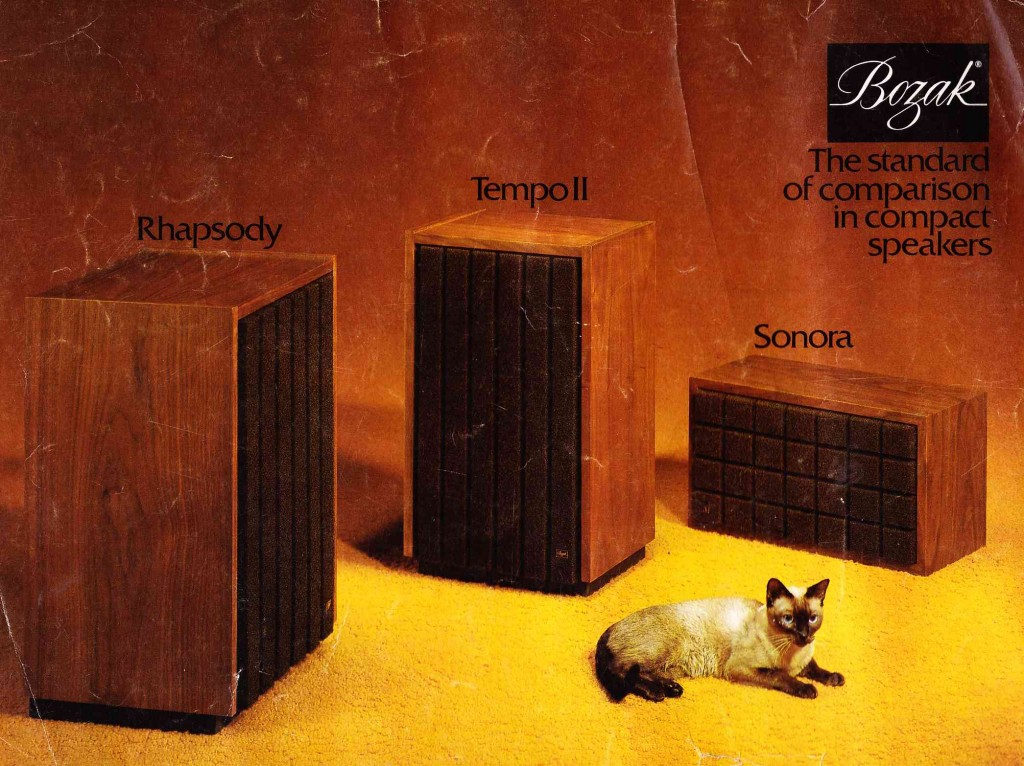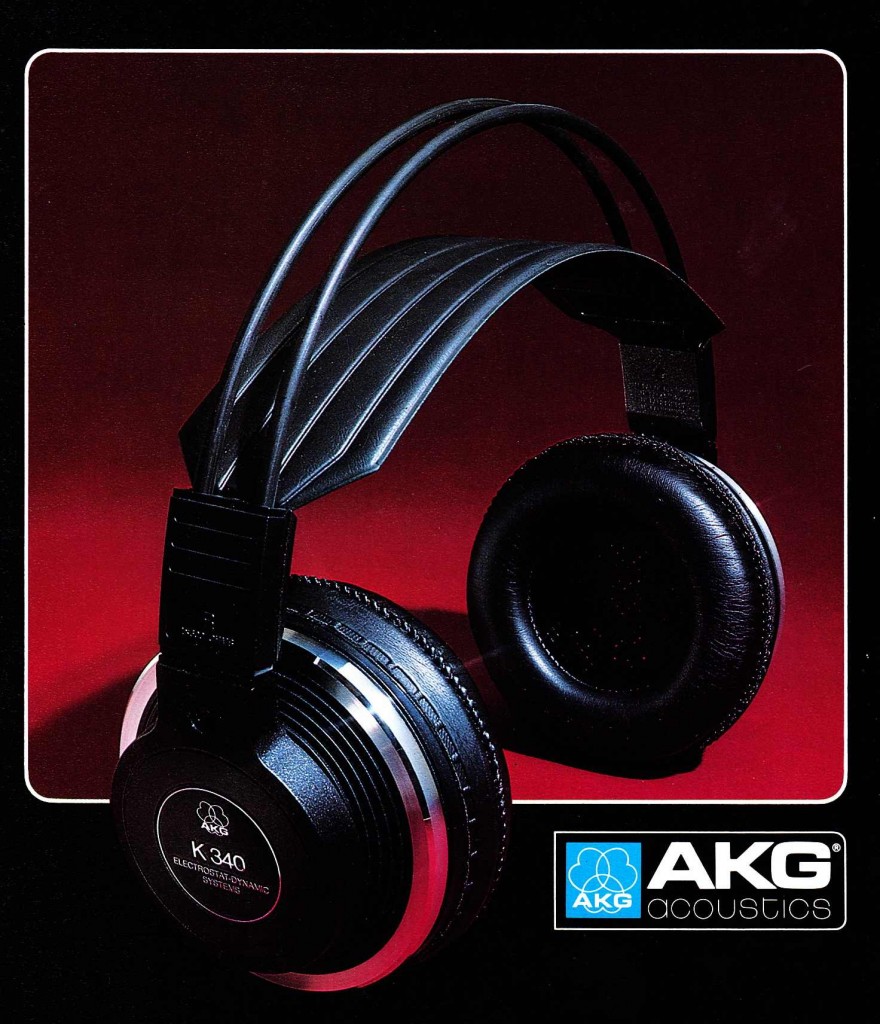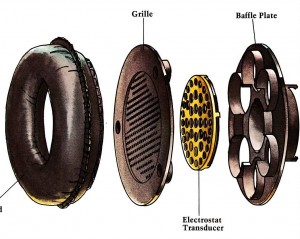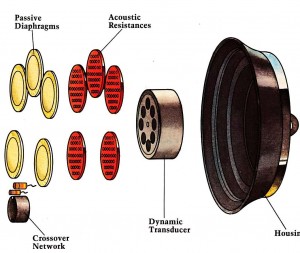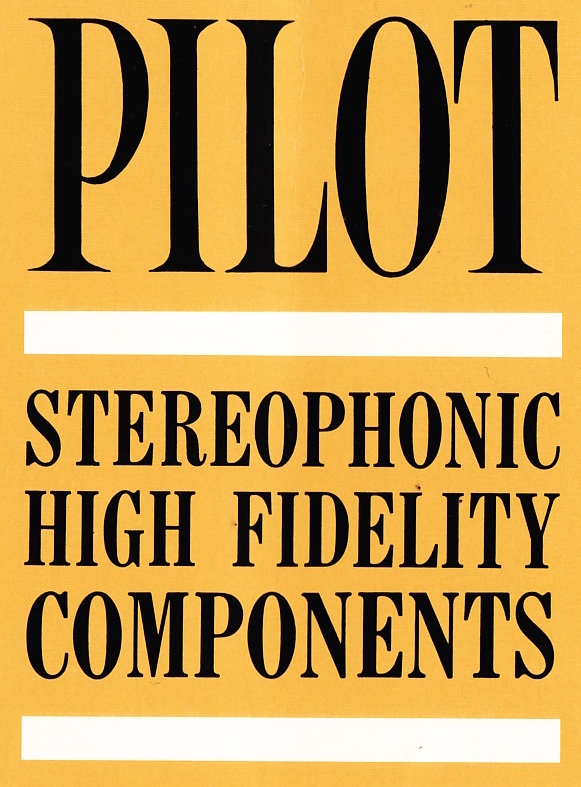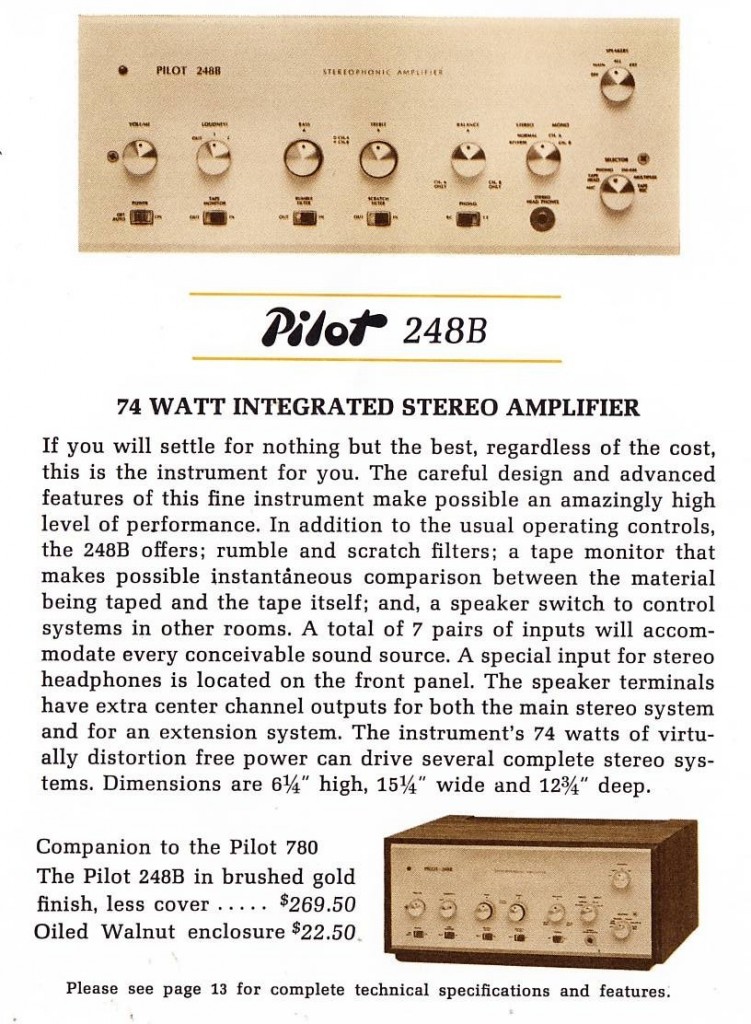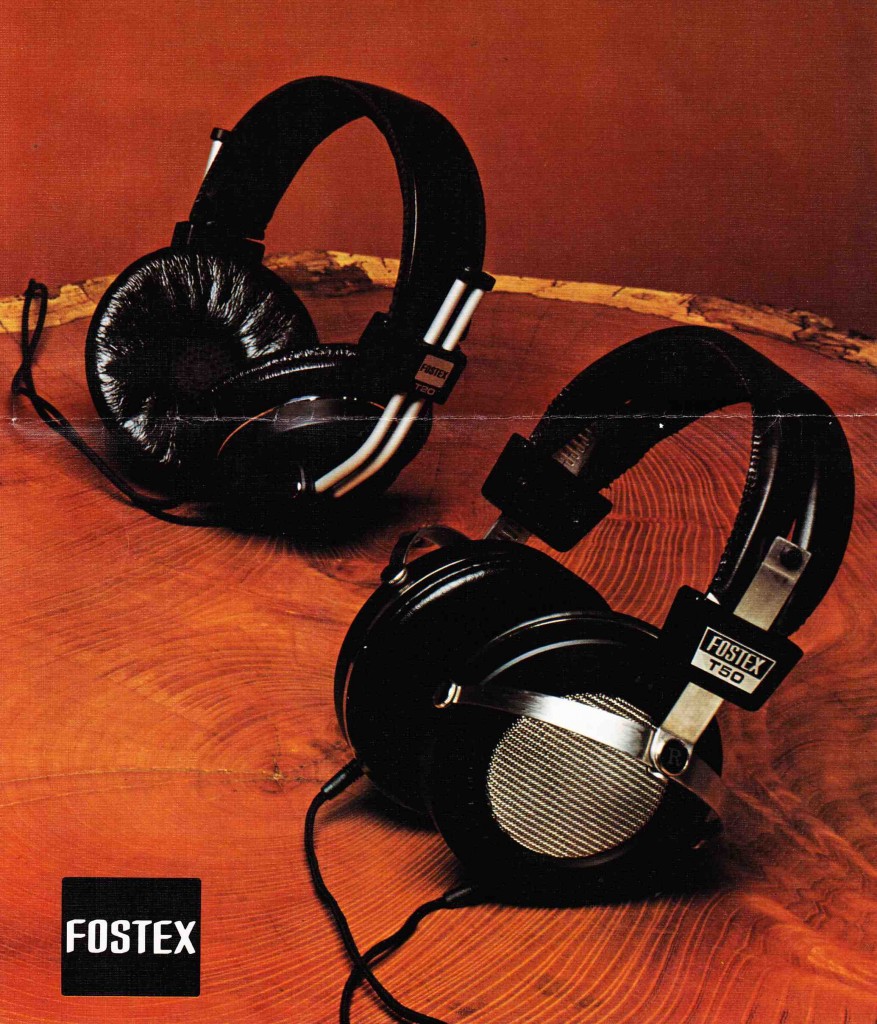 Download a high-res scan of the four-page 1977 Fostex RP Headphones catalog:
Download a high-res scan of the four-page 1977 Fostex RP Headphones catalog:
DOWNLOAD: FostexHeadphones1977
Models covered, with specs and photos, are: Fostex T50, T30, T20, and T10 headphones.
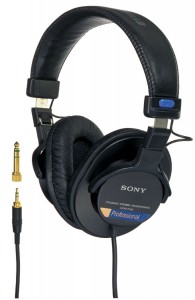 On-the-go music-listening is more popular now than ever due to the convenience and features offered by devices such as the Apple iPod. This new technology has also driven the demand for quality headphones. When asked for headphone recommendations, I generally steer people towards the Sony MDR-7506, due to their relative portability, extremely low impedance (translation: even an iPod can make them very loud) and very present sound. Plus they have a 1/8th-inch jack, so they mate properly with your iPhone iPod or whathaveyou.
On-the-go music-listening is more popular now than ever due to the convenience and features offered by devices such as the Apple iPod. This new technology has also driven the demand for quality headphones. When asked for headphone recommendations, I generally steer people towards the Sony MDR-7506, due to their relative portability, extremely low impedance (translation: even an iPod can make them very loud) and very present sound. Plus they have a 1/8th-inch jack, so they mate properly with your iPhone iPod or whathaveyou.
This all being said, I always also tell folks that I personally do not listen to music on the MDR-7506. They are too hyped and unrealistic-sounding to me. I am not sure exactly what they do to the sound, but they make everything sound ‘better’ in a way that i don’t really find ‘better’ but instead somewhat cloying. Regardless, if you want headphones that will play loud, shut out the outside world, and last forever, the 7506 is a great bargain. This is also why almost all musicians prefer the 7506 in a recording-studio-tracking situation. I own several pairs for this reason.
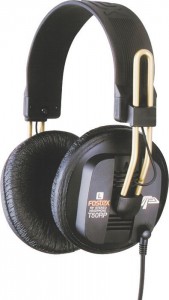 What I use personally for monitoring in the studio is the Fostex T50RP. When I am tracking I find the 7506 to be the best choice, but whenever I am behind the desk and need to monitor with headphones for one reason or another, I put on the T50s. Likewise, they are good for music listening at home. They give a good, accurate sound, and they are just so robust and well made. These things really are the best value in audio today.
What I use personally for monitoring in the studio is the Fostex T50RP. When I am tracking I find the 7506 to be the best choice, but whenever I am behind the desk and need to monitor with headphones for one reason or another, I put on the T50s. Likewise, they are good for music listening at home. They give a good, accurate sound, and they are just so robust and well made. These things really are the best value in audio today.
Turns out that the Fostex RP line goes all the way back to 1977. The components have changed a couple of times over the years, but the basic printed-diaphragm technology which distinguishes the RP line from most other headphones has remained the same.
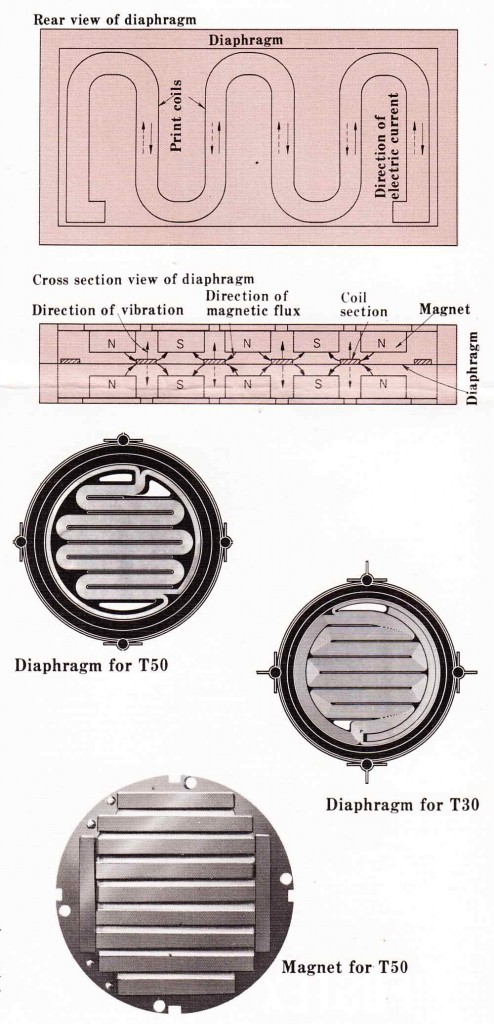
According to the excellent ‘Wikiphonia’ headphone web database, the RP line was originally introduced as a less-fussy (IE, no power supply needed) alternative to the then-novel and popular Stax Electrostatic headphone line.
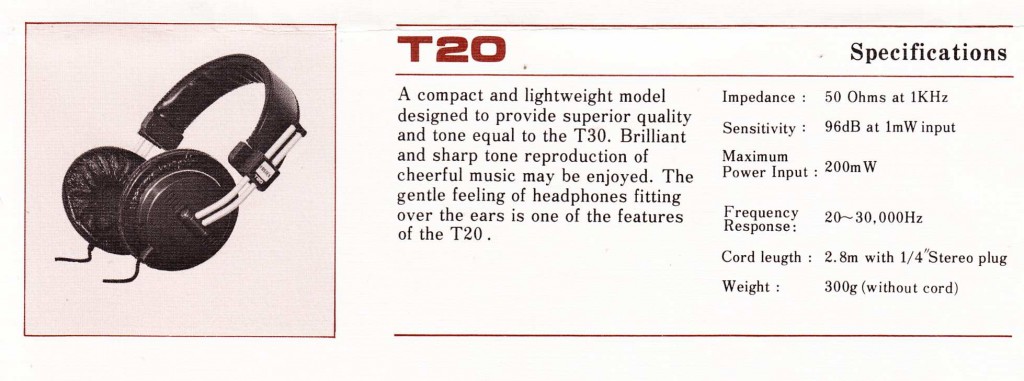 Pictured above is the Fostex T20 as it first appeared in 1977. The T20, like the T50, is still be manufactured today in a slightly varied form. The T20 seems to have undergone the least cosmetic change since its introduction. I do not recommend the T20. I have owned a few pairs and I find the very dull and chalky. My advice: spend the extra 20 bucks and get the T50 instead.
Pictured above is the Fostex T20 as it first appeared in 1977. The T20, like the T50, is still be manufactured today in a slightly varied form. The T20 seems to have undergone the least cosmetic change since its introduction. I do not recommend the T20. I have owned a few pairs and I find the very dull and chalky. My advice: spend the extra 20 bucks and get the T50 instead.
 Images of women as depicted in high-fidelity guidebooks circa 1960. These sort of publications generally deal in DIY advice, schematics, and ‘buyers guide’ segments. There is a lot of floor-sitting, demure outfits, and distant-gazing. There is an uncanny similarity to many of these photographs. Or as E puts it: ‘WTF. They all look like cats.’ Yeah that pretty much says it.
Images of women as depicted in high-fidelity guidebooks circa 1960. These sort of publications generally deal in DIY advice, schematics, and ‘buyers guide’ segments. There is a lot of floor-sitting, demure outfits, and distant-gazing. There is an uncanny similarity to many of these photographs. Or as E puts it: ‘WTF. They all look like cats.’ Yeah that pretty much says it.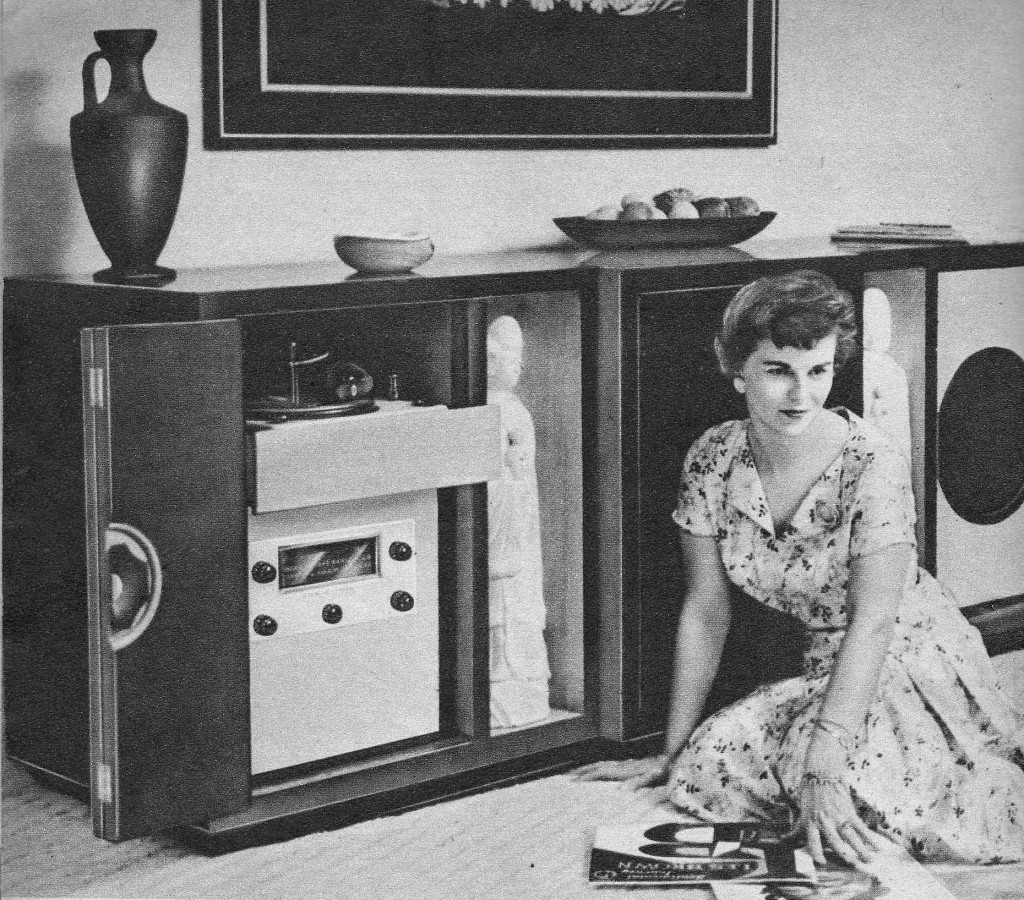
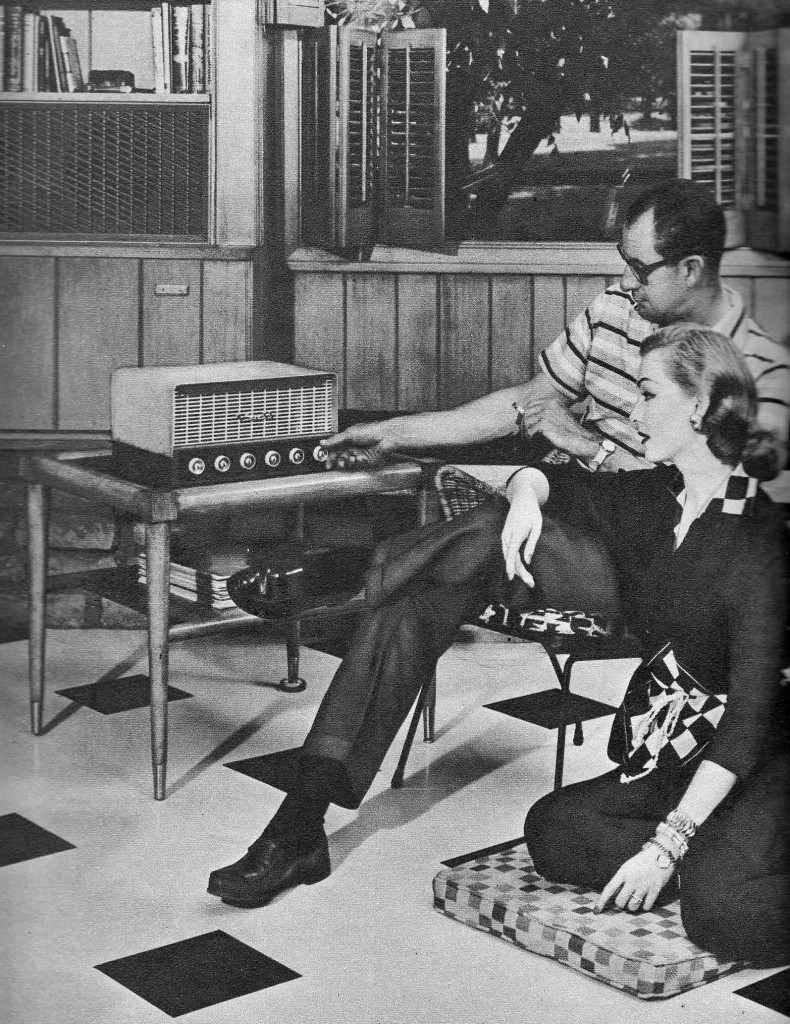
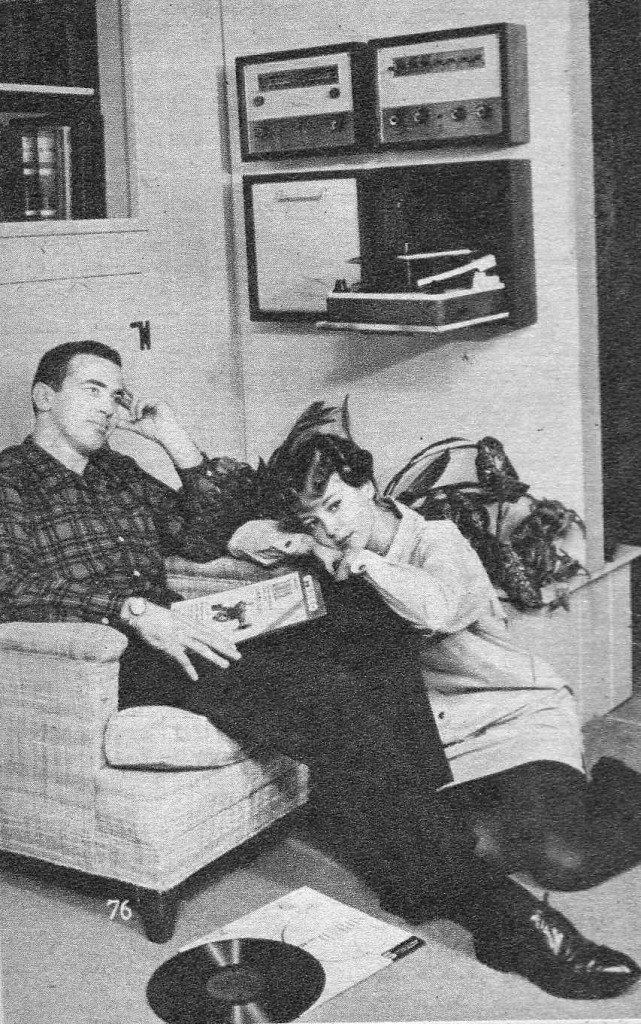
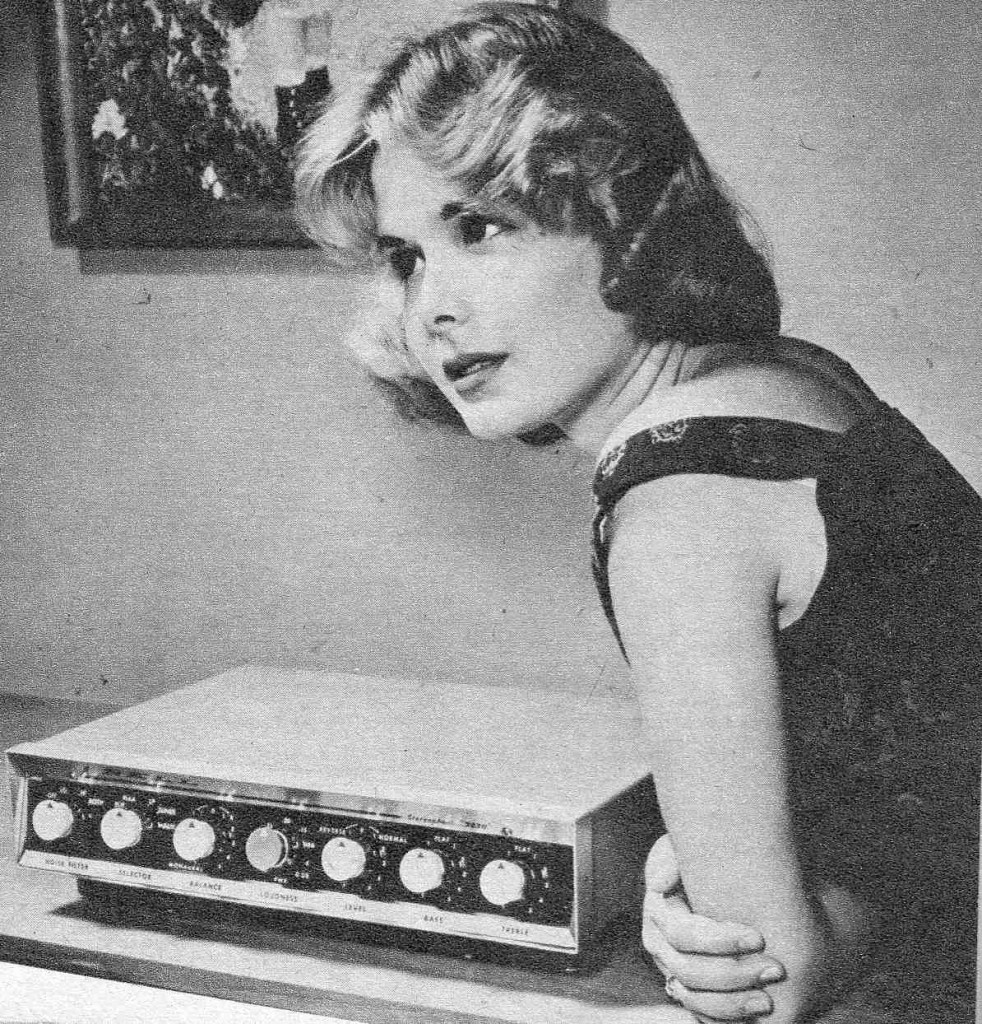
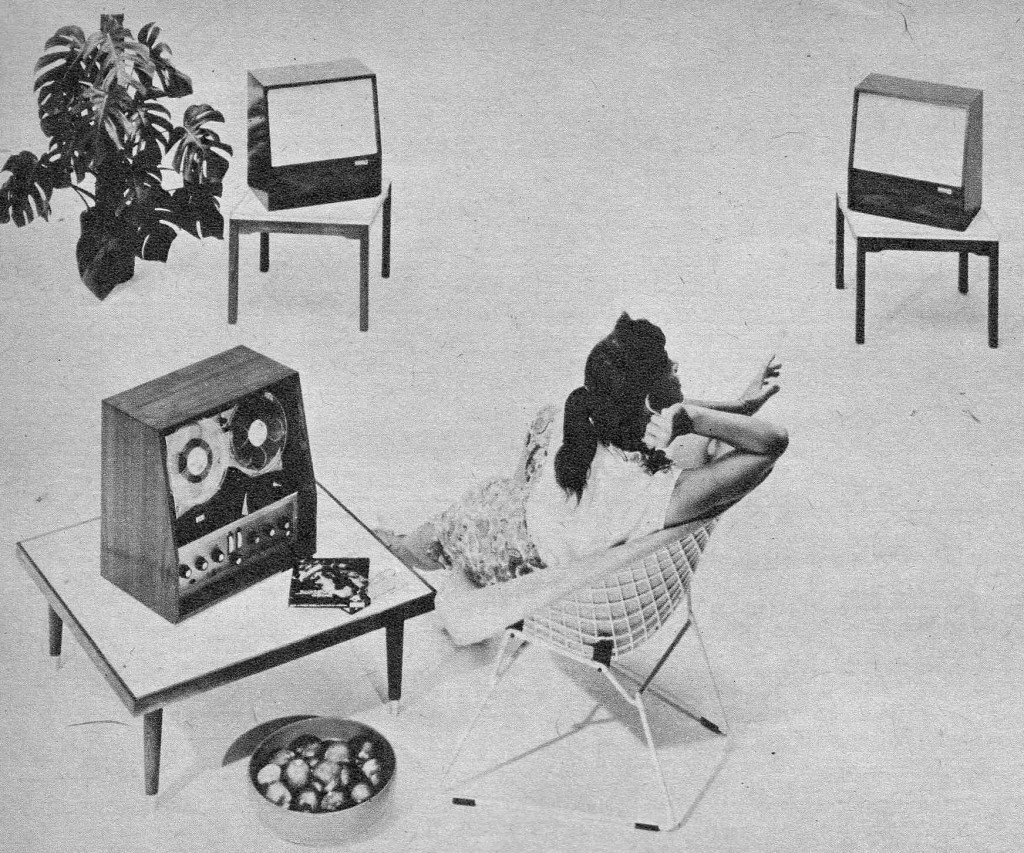
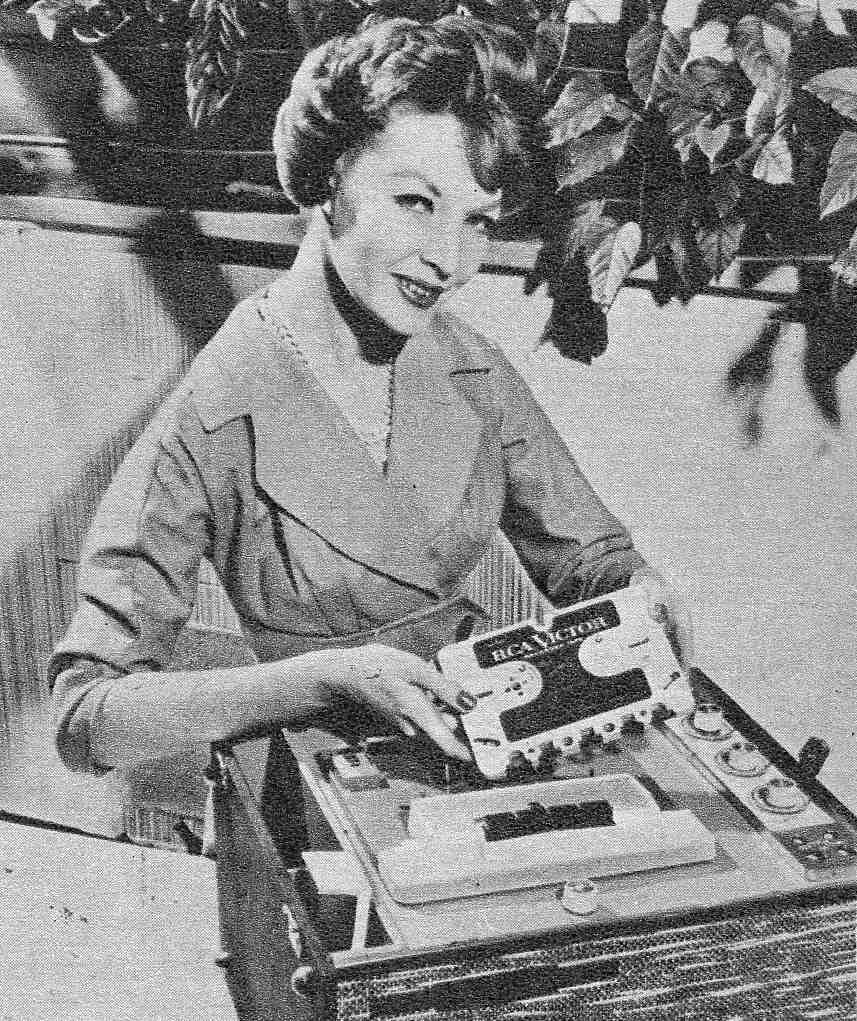
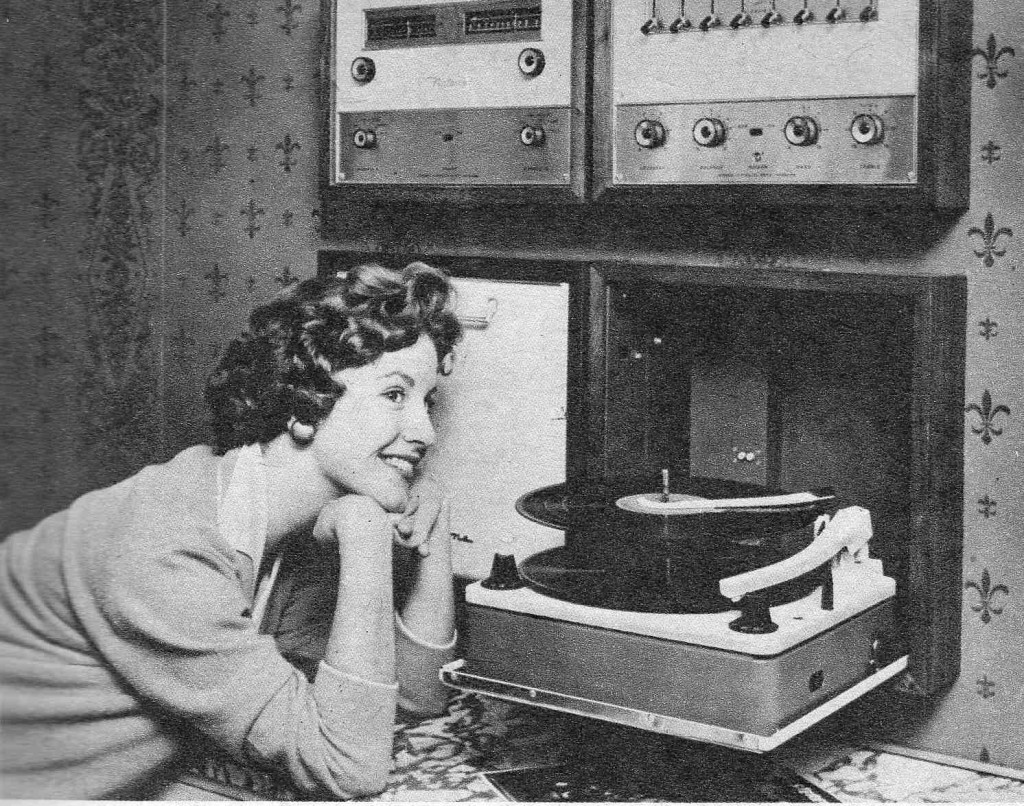
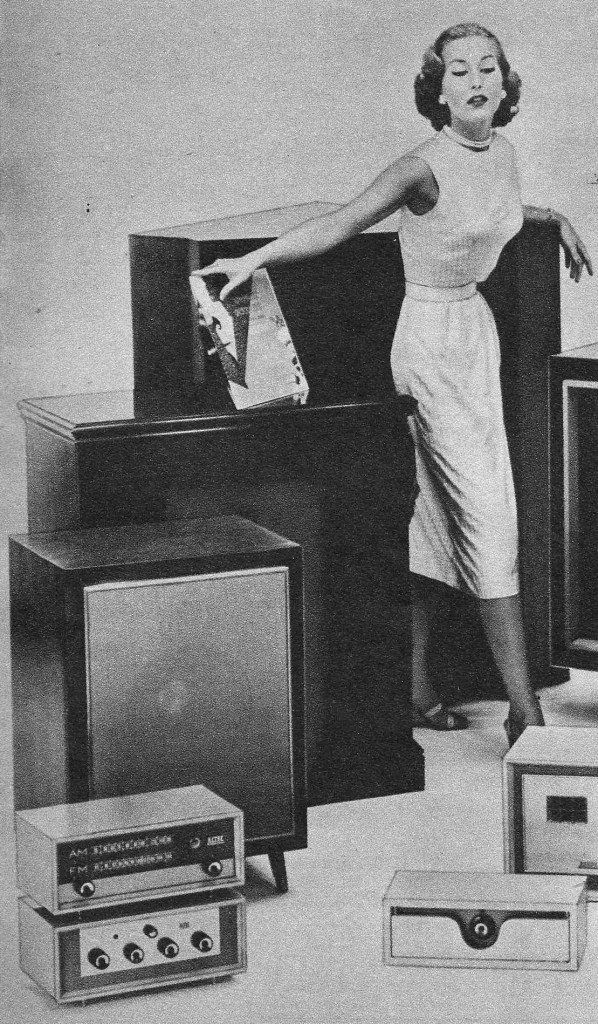
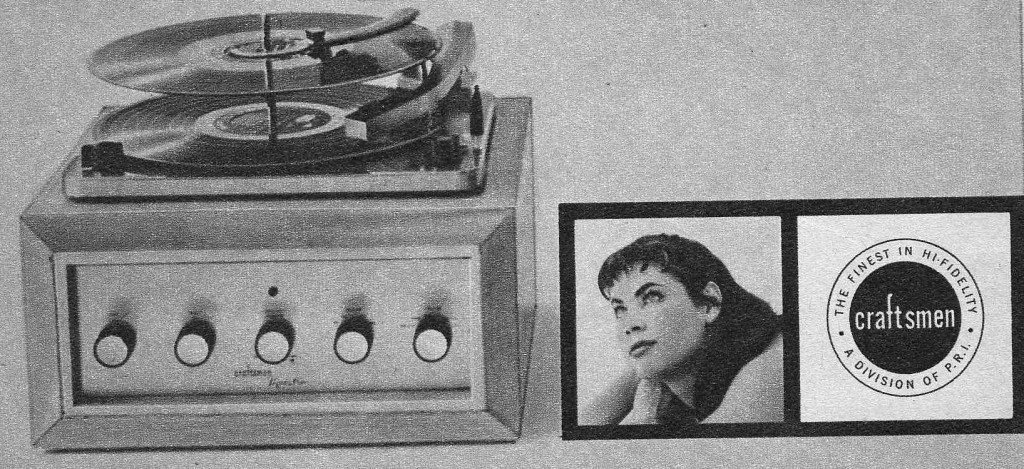
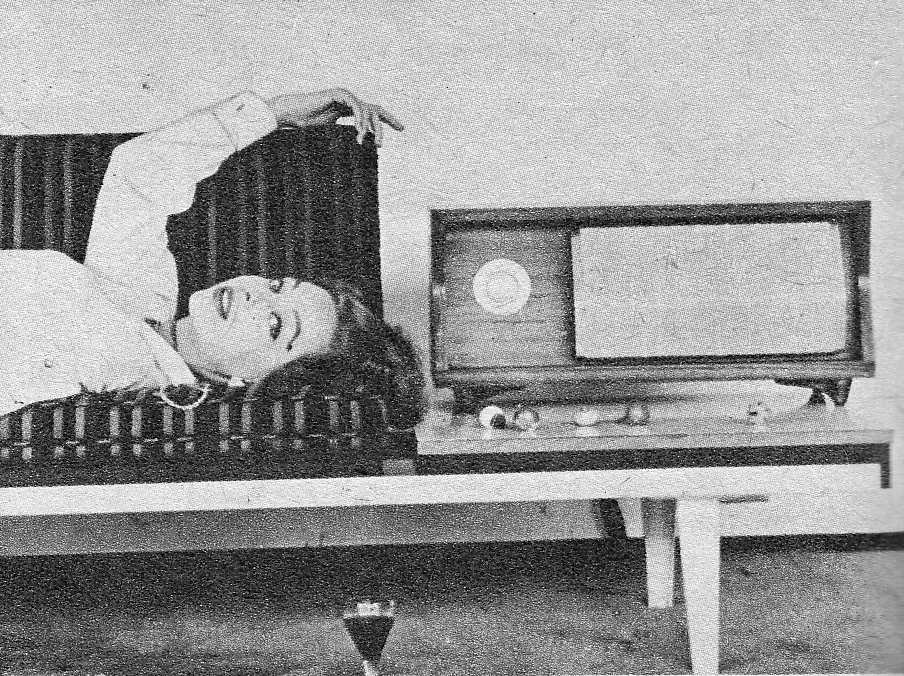 On rare occasion, we are shown women in more active (IE., less decor) roles. Here are a couple of examples: the (potential) technician and the shopper.
On rare occasion, we are shown women in more active (IE., less decor) roles. Here are a couple of examples: the (potential) technician and the shopper.